What’s Going On With BLUE LOCK’S Animation? – This Week in Anime
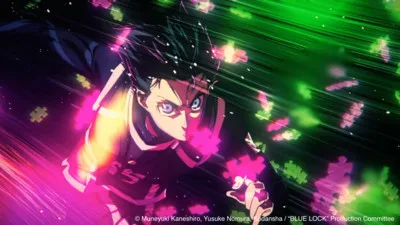
Chris and Coop dig into the awkward animation mess that is Blue Lock‘s second season and wonder whether or not the industry will manage to change.
Disclaimer: The views and opinions expressed by the participants in this chatlog are not the views of Anime News Network.
Spoiler Warning for discussion of the series ahead.
BLUE LOCK, Wonder Egg Priority, Love Live! Nijigasaki High School Idol Club, Mobile Suit Gundam, Hanebado!, and Yowamushi Pedal are currently available on Crunchyroll, while Shirobako and Whisper Me a Love Song are available on HIDIVE. The First Slam Dunk is currently streaming on Netflix, while Aim for the Ace! is streaming on RetroCrush. Macross is available on Disney+/Hulu everywhere except in the U.S.
With all that’s been happening in the world, I wish we had a fun topic to discuss this week, Chris. But I think it behooves us to try and strike a goal for those behind the silly little cartoons we love: the animators. Especially now.
Coop, I know that the Western side of the anime fandom isn’t always privy to the key context that drives some of the most popular cartoons. We aren’t up on the technical mechanics that make a series work.
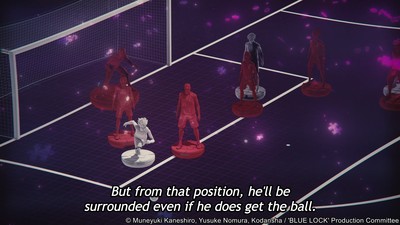
That is to say, as an American, I still have no idea how soccer works. But boy, howdy can I spot a mismanaged anime production when I see one!
You mean “football,” right?
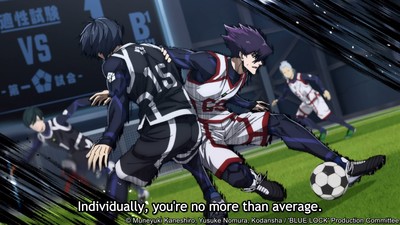
To summarize for those who can’t exactly hablar español: freelance animator MartinKiings stated that he joined the series’ production to work on five episodes. His first and only contribution was the aforementioned episode: “The Assassin and The Ninja.” He said he was put in charge of 20 cuts of animation that were seemingly left unused or heavily modified, as were cuts created by some of his colleagues. Given the alleged lack of time to finish his work, purported low pay, and what he claimed were unacceptable working conditions, he left the production following the episode. He said that he wasn’t going to put up with that nonsense again, comparing his experience to the infamous production crash on Jujutsu Kaisen‘s second season.
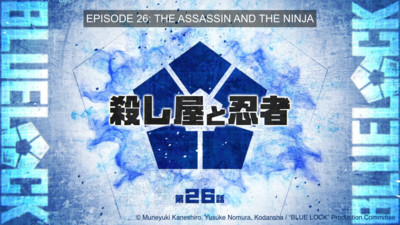
The result? An episode that seemed to place an overreliance on motion graphics to hide the many instances of characters just sliding across the screen without any apparent weight to their movements.
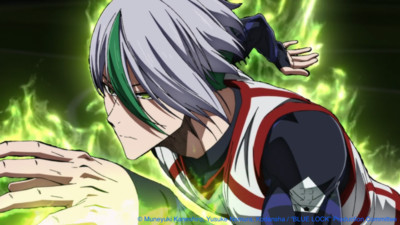
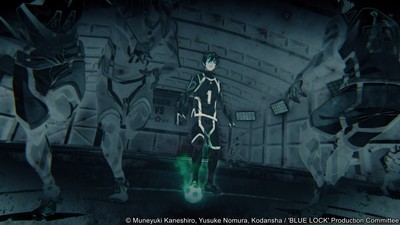
It probably didn’t help that the first season of these souped-up soccer boys was still pretty fresh in viewers’ minds, having featured more, y’know, actual animation, as opposed to the most high-impact slide show the green’s ever seen.
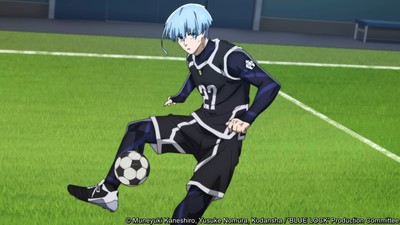
Honestly, I’m not the most familiar with BLUE LOCK, but I can point you to some great examples of sports animation, be it The First Slam Dunk, Hanebado!, or Yowamushi Pedal. All three of these series put such weight behind every action on screen, and you just don’t see it here. Heck, Aim for the Ace! is a masterclass in displaying that weight and intensity in just a handful of frames. But moving my focus squarely back on BLUE LOCK, watching the series’ first episode after this one felt like whiplash. Even though there wasn’t much soccer being played, I could still feel that weight I keep harping about.
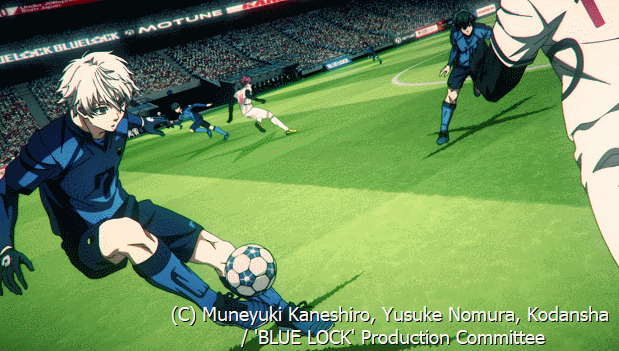
CGI soccer ball gifs superimposed over still shots of boys mid-dribble for virtually everything.
Some fans had hoped the look might improve later in the series, with the big match against the U-20 team. But as of the latest episode this past week, when that game got underway, it’s safe to say things did not improve.
I really feel for the folks who had to burn the midnight oil on this, because it just looks so sad.
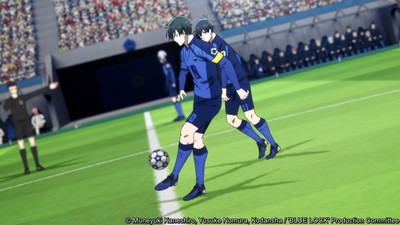
Actually, in the name of fairness, I’ll clarify that BLUE LOCK does have another presentation trick it deploys, but I don’t know how much better the close-up super-smooth soccer legs are.
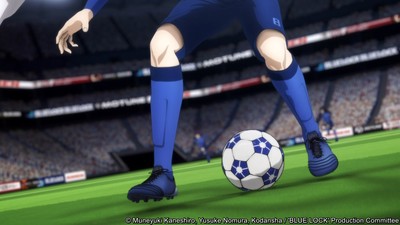
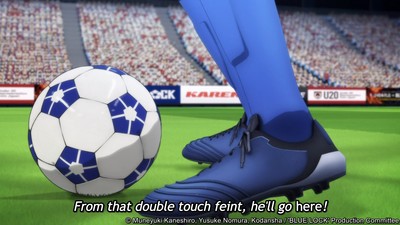
It’s a two-trick pony, and neither trick is particularly impressive.
And as a quick aside, using all those motion graphics made it feel less like I was watching a game and more like I was watching Terrace House sometimes.
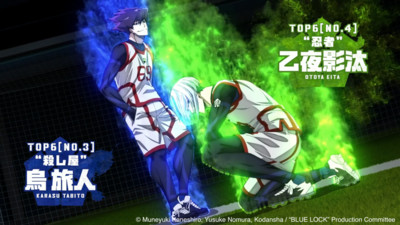
But in thinking about this episode, Li Cree‘s experiences working on JJK season two, and the history of some of my favorites, I remember that animators have long relied on these sorts of tricks to survive. And considering how long the medium has been around, it becomes frustrating every time I have this epiphany.
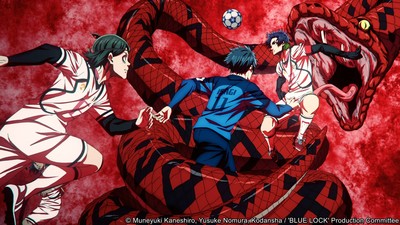
Said circumstances also seem to represent something of a shift I’ve seen, at least anecdotally, in how fans interact with these situations. Back in the day, you’d see hoards of complaints about unskilled animators or an ephemeral understanding of “budget” as applied to animation. But with BLUE LOCK, more people seem to have cottoned onto the point of production crunch and poorly managed schedules by the higher-ups being the culprit for the state of things.
I wonder if series like Shirobako have played a role in that growing awareness? While the series is more of a sanitized look into the difficulties of producing an anime, it’s a doorway into those struggles at the very least, especially in how orders (or inactivity) from the top can strangle not just a production, but those doing the dirty work on the ground.
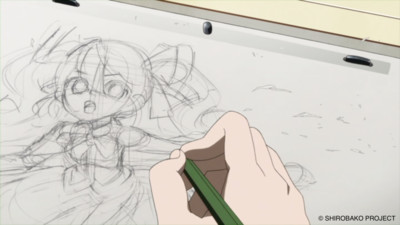
Hopefully, it would perhaps lead some people to look into wonderful animator advocacy groups, such as Animator Supporters and their Animator Dormitory project.
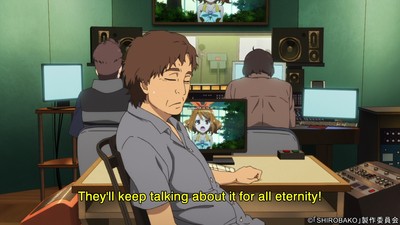
A lot of people got very direct dirt on what was going on with BLUE LOCK thanks to that aforementioned post, as well as others from animators like Evakoi.
That animator, notably, got their start coming in to pinch-hit on Wonder Egg Priority, another series that suffered a very public meltdown on the side of managing the production.
But that also makes me think about how young Shōji Kawamori, Hideaki Anno, and the whole gang behind the original Macross were when they made it. And, oh boy, does that show have some quirky animation at times.
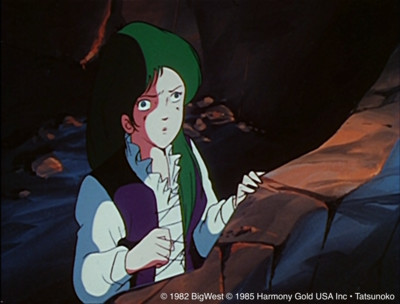
Like don’t get me wrong, Macross is a classic for a reason. However, it’s pretty damning when your director (Noboru Ishiguro) says this in an American DVD commentary.
“But, even under those pathetic working conditions typical of Japanese animation productions, we managed to face the reality and accomplished what we did, and we demonstrated the new potentials in anime for a new audience.”
AND THAT WAS OVER 40 YEARS AGO.
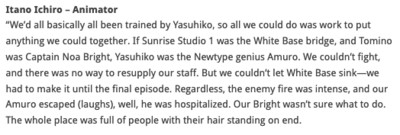
(Transcript courtesy of Cries in Newtype)
Later on, Itano faced a similar situation during the production Macross, but he decided to hop on a motorcycle instead of resting.
I covered the chaos of Macross‘s production through the eyes of that commentary I mentioned a while back, so check it out if you want to learn more. However, I feel that it’s incredibly relevant to bring up here.
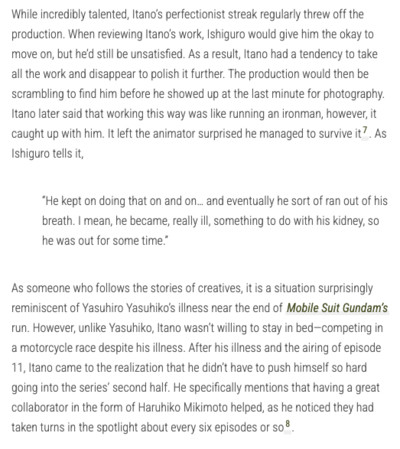
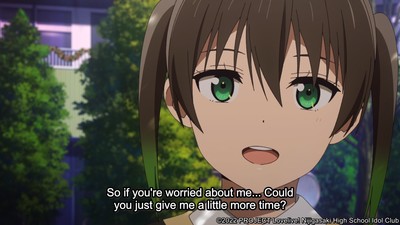
Was that entirely because efficient management made the schedule work for all the creatives involved? It’s hard to narrow down in today’s environment, where a slipped schedule can be a setback you triumphantly surmount or fallout like Whisper Me a Love Song‘s studio Cloud Heart is seemingly still dealing with, potentially tanking the whole team before the show even gets finished!
Woof. I know we’re all just human at the end of the day, and things happen (minus meddling from the higher-ups), but it just blows my mind that not a lot has been done in the past 50 years to install much in the way of guard rails. It feels like we’re just talking about the same story but with a new layer of paint each time.
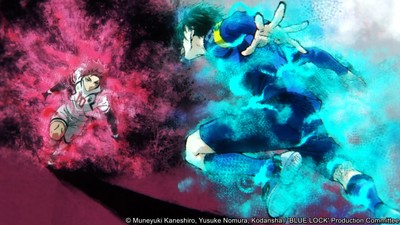
As I said earlier, at least the angle of the conversation seems to be shifting. The circumstances around BLUE LOCK, with animators publicly commenting on it and even quitting as they have, have made the problems inherent to the production committee system, as well as the unsustainable amount of anime being produced these days, more apparent to your passer-by viewer.
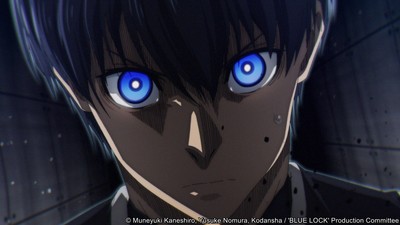
Now, whether fans are put off by these developments, voting with their wallets actually affects any of the mismanagement at the top, as opposed to punishing the jobs of the already-beleaguered animators…yeah, that I have slightly less hope for.
Yep, we’ll definitely have to see on that last one.
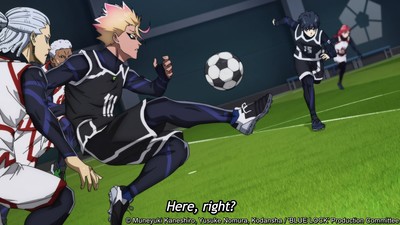
Source link
#Whats #BLUE #LOCKS #Animation #Week #Anime



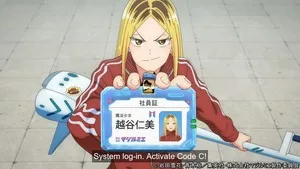
![For the Fans[ervice] - This Week in Anime](https://theanimenews.net/wp-content/uploads/2024/11/1732205217_For-the-Fanservice-This-Week-in-Anime-390x220.webp)